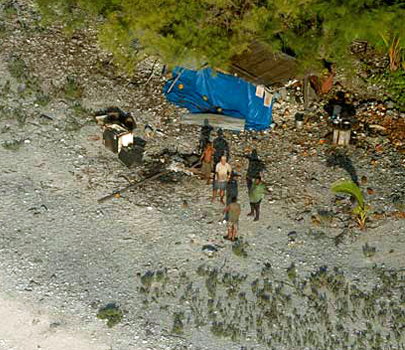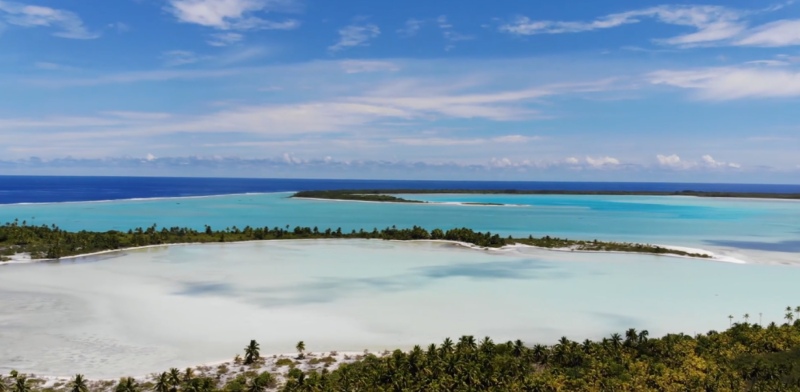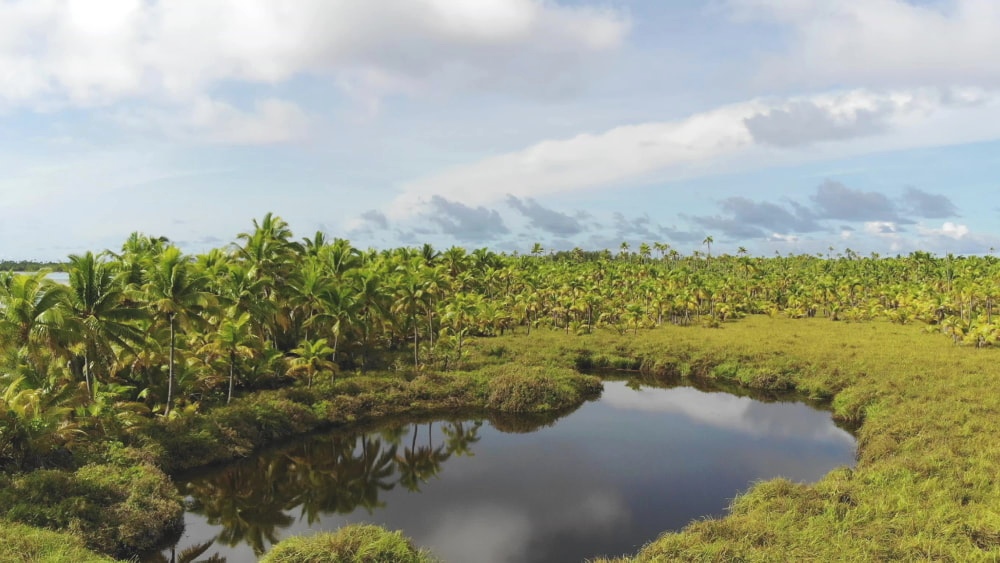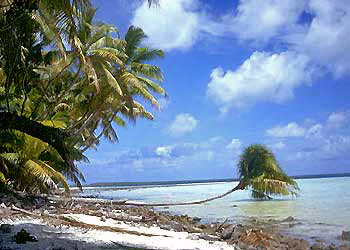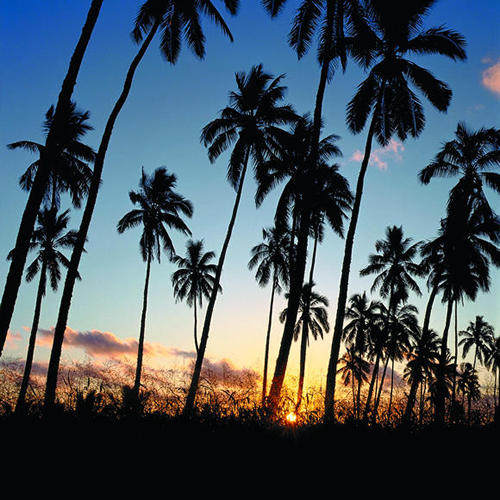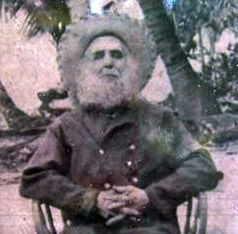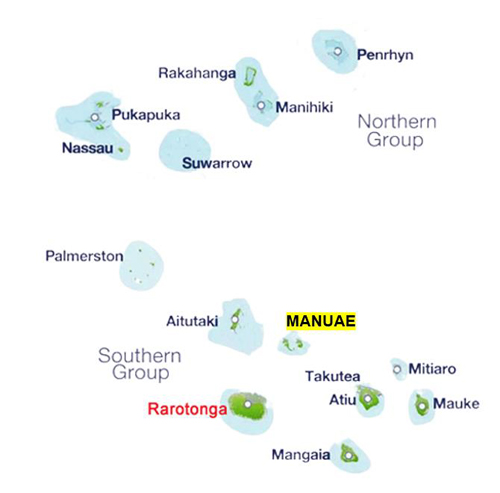
GETTING THERE
There are no scheduled flights or commercial boat services to either islet and you need a permit from the Committee of Management of the Proprietors for Manuae Incorporated (PMI) to visit. They represent the descendants of the original population. Unauthorised visitors face arrest and prosecution
WHAT'S IN A NAME?
Captain Cook first sighted the atoll in 1773 on his second voyage and returned (but didn't land) on his third voyage in April, 1777. He named it Sandwich Island, but decided later to give that name to Hawaii! So he rechristened it Hervey Island after a Lord of the Admiralty. That then appeared on maps as Hervey's Isle. The whole of the Southern group was subsequently known as the Hervey (or Harvey) Islands until the distinguished Russian cartographer, Admiral Adam Johann von Krusenstern changed the name in his "Atlas de l'Ocean Pacifique" (published between 1824 and 1835) to honour Cook. Some maps still show Manuae as Hervey's Island.

